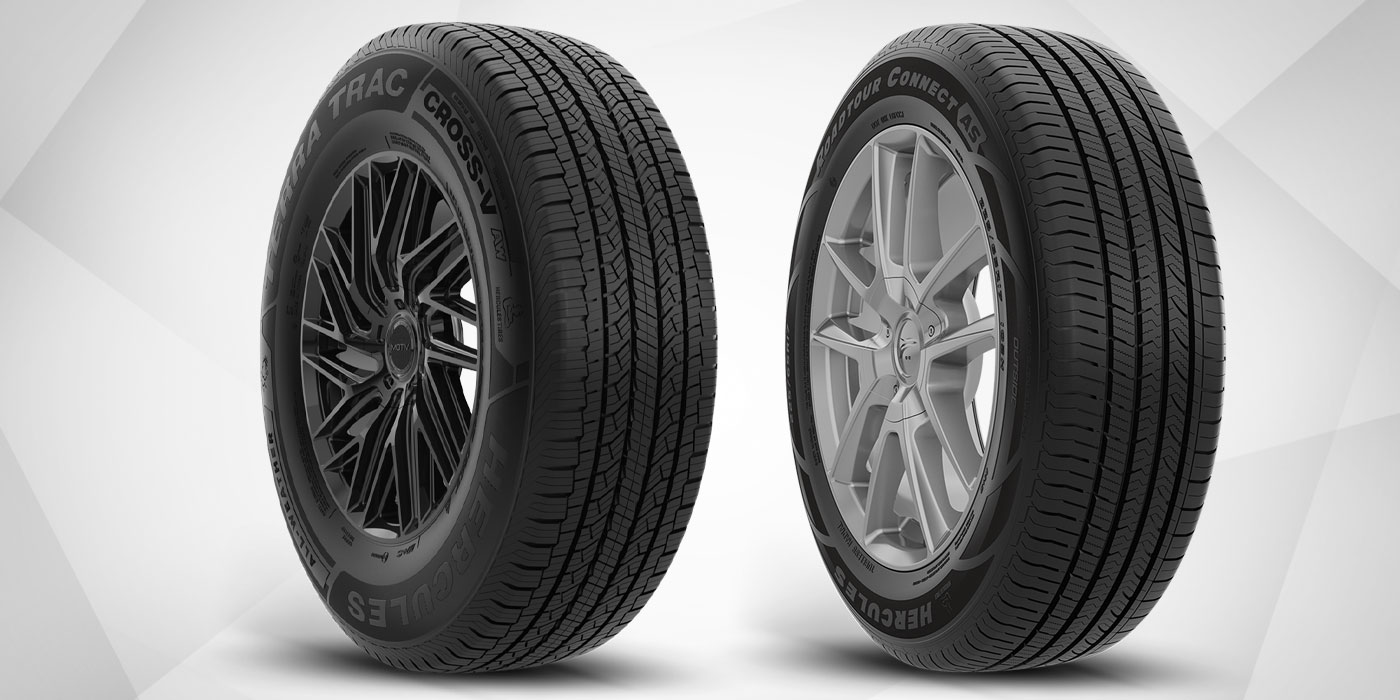Snow and ice bond to road surfaces; salt dissolves to form brine, which breaks this ice/asphalt bond.
According to “A Low-Salt Diet for Ontario’s Roads and Rivers,” a 2006 study by RiverSides Stewardship Alliance and Sierra Legal Defence Fund, about 6.8 million tons of road salt were used for highway deicing in Canada in 2003, and its use is not regulated. Through roadway application, inappropriate storage and snow disposal, much of it ends up in rivers and waterways; it affects aquatic plants and animals, damages vegetation, poisons birds, and attracts large mammals, such as moose, to roadside salt pools, a contributing factor to roadway collisions.
Salt also corrodes roads, bridges, parking garages and sidewalks, so much so that the study estimates that for every ton of salt used, $333 is spent to repair the infrastructure damage it causes. And, of course, there’s no question about its effect on almost every metal part of an automobile, including its body, undercarriage, brakes and wheels. In fact, Environment Canada estimates that salt-related depreciation and the cost of anti-corrosion measures add up to an average of $459 annually for each vehicle.
In studies from 1997/98, Ontario led the provinces with almost 2 million tons per year, followed by Quebec at 1.5 million, and New Brunswick, Nova Scotia and Newfoundland at between 200,000 and 400,000 tons annually.
So what’s the alternative? The study recommends an "educational and regulatory program to reduce the incidence of accidents on winter roads." Specifically, it calls for reductions in speed limits during winter conditions, and mandatory requirements for snow tires. It certainly isn’t without precedent; many areas of Europe insist on winter-specific tires for safety in inclement weather.
According to a report by Continental AG, winter tires are mandatory for all vehicles in Estonia, Finland, Latvia, Lithuania, and Slovenia; they are mandatory for domestically-owned vehicles in Norway and Sweden; and they can be required on specific highways in Austria, France and Italy. They aren’t mandatory in Switzerland, but if a crash is proven to have been caused by summer tires, the driver may be held jointly liable, and the insurance company may provide only partial coverage, if any at all.
The authors of Low-Salt Diet point out that salt use can be decreased if drivers take responsibility for safer winter driving, which includes the use of winter tires and reduced speeds. Citing a study in Finland, for example, they found that lower speed limits, plus the use of proper tires – studded ones, in Finland’s case – allowed for a reduced level of road service with less salting. Even so, there was a reduction in winter crashes.
Making winter tires mandatory would go a long way to reducing injuries and property damage on Canada’s roads; for that matter, why not give insurance cost breaks to drivers who use them, and penalize drivers who do not? Dressing appropriately for winter means proper winter boots on both your feet and your car.















